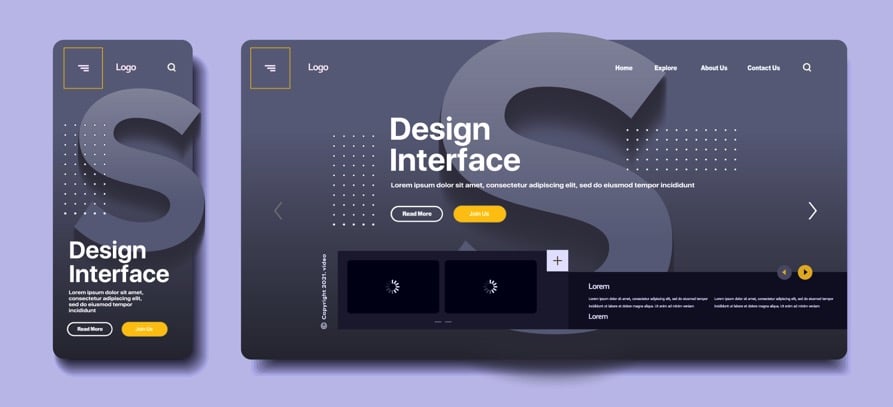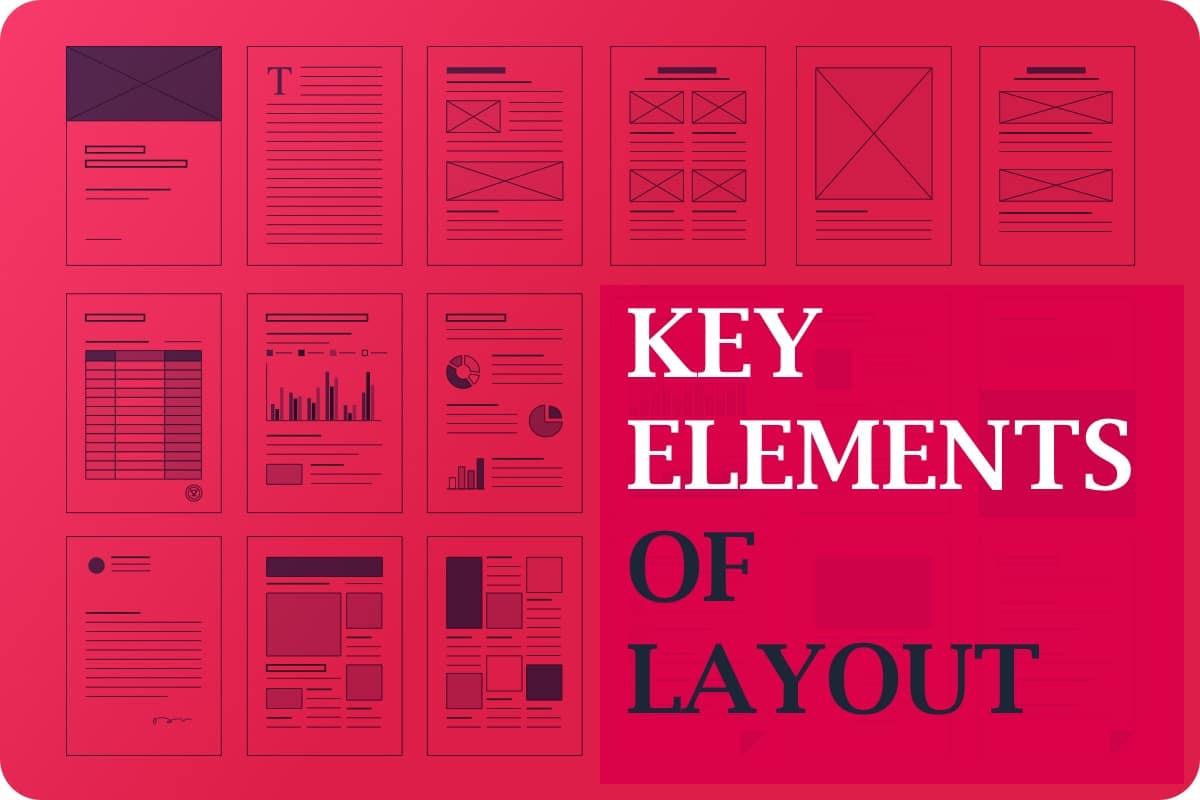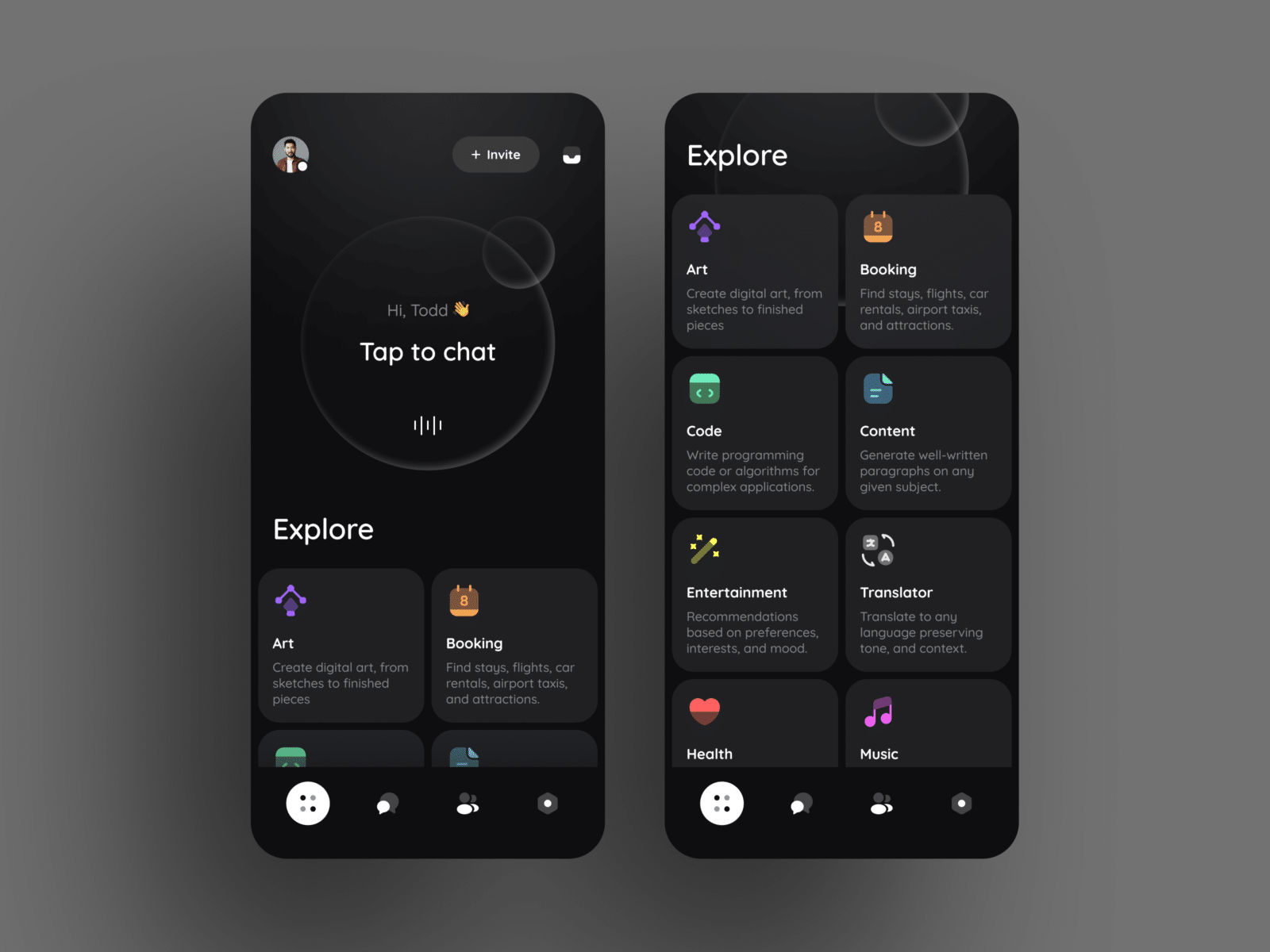The integration of Artificial Intelligence (AI) into user experience (UX) design represents a transformative leap forward in creating more intuitive, personalized interfaces. As AI technologies evolve, they offer unprecedented opportunities to refine and automate digital interactions. However, blending AI with traditional UX principles requires a careful balance to ensure that technological enhancements enrich the user experience without compromising the human-centric nature of design.
Best Practices for Integrating AI with UX Design
1. Start with User Needs:
Before deploying AI, it’s crucial to understand the needs, behaviors, and preferences of the target audience. Use AI as a tool to enhance solutions to real problems rather than as a means to showcase technology. For instance, chatbots powered by AI can provide 24/7 customer support, answering common queries quickly while escalating more complex issues to human representatives.
2. Maintain Transparency:
Users should always be aware when they are interacting with AI and understand what data the AI is using to make decisions. Transparency builds trust and helps users feel more in control of their interactions. For example, when a recommendation engine suggests products, it should be clear that these suggestions are generated based on previous shopping behaviors or preferences.
3. Ensure Privacy and Security:
AI-driven solutions often require substantial amounts of data, which can include sensitive user information. Upholding strict privacy and security standards is essential to protect user data. Secure storage, ethical data usage, and clear user consent prior to data collection are all critical practices.
4. Optimize for Contextual Personalization:

AI excels at tailoring experiences to individual users by analyzing large datasets to predict preferences and needs. By implementing AI-driven personalization, such as adaptive interfaces that adjust based on user’s past interactions, companies can create a more engaging and relevant user experience. A music streaming app that suggests playlists based on listening habits is a good example of this practice.
5. Keep Interfaces Intuitive:
While AI can significantly enhance functionality, it’s important to keep user interfaces simple and intuitive. Over-complicating a UI with excessive AI features can overwhelm users rather than help them. The design should always facilitate ease of use first and foremost.
6. Test Extensively:
Continuous testing is vital to ensure that AI implementations do not alienate users or lead to unexpected outcomes. Use A/B testing to compare AI-enhanced experiences against traditional ones, and collect user feedback to continuously refine AI features.
7. Train AI with Diverse Data Sets:
To avoid biases that can come from AI algorithms, it’s important to train these systems using diverse and comprehensive data sets. This helps to ensure fairness and inclusivity in automated decisions and recommendations.
Examples of AI Enhancing UX

E-commerce Recommendations:
AI-driven recommendation engines on e-commerce sites can analyze past purchase data and browsing habits to suggest relevant products to shoppers, significantly enhancing the shopping experience by reducing search time and personalizing the shopping environment.
Adaptive Learning Platforms:
Educational apps that adapt to the pace and learning style of students can improve engagement and outcomes. These platforms use AI to modify content delivery based on real-time performance and feedback, making learning more personalized and effective.
Automated Content Moderation:
AI tools are increasingly used to monitor and moderate user-generated content on social platforms, helping to maintain community standards and protect users from inappropriate content without extensive manual review.
Integrating AI with UX design offers the potential to dramatically enhance digital interactions, making them more personal, efficient, and responsive. However, it’s crucial to implement these technologies thoughtfully, always considering the end-user’s experience first. By adhering to best practices for AI integration, designers and developers can create innovative, user-friendly platforms that leverage the best of what AI can offer while still prioritizing human-centric design principles.
For further insights into how AI can transform your digital products, or to discuss your next innovative project, reach out to Creative27 for a free consultation call. Together, we can explore how to effectively harness AI within the realm of user experience design.












